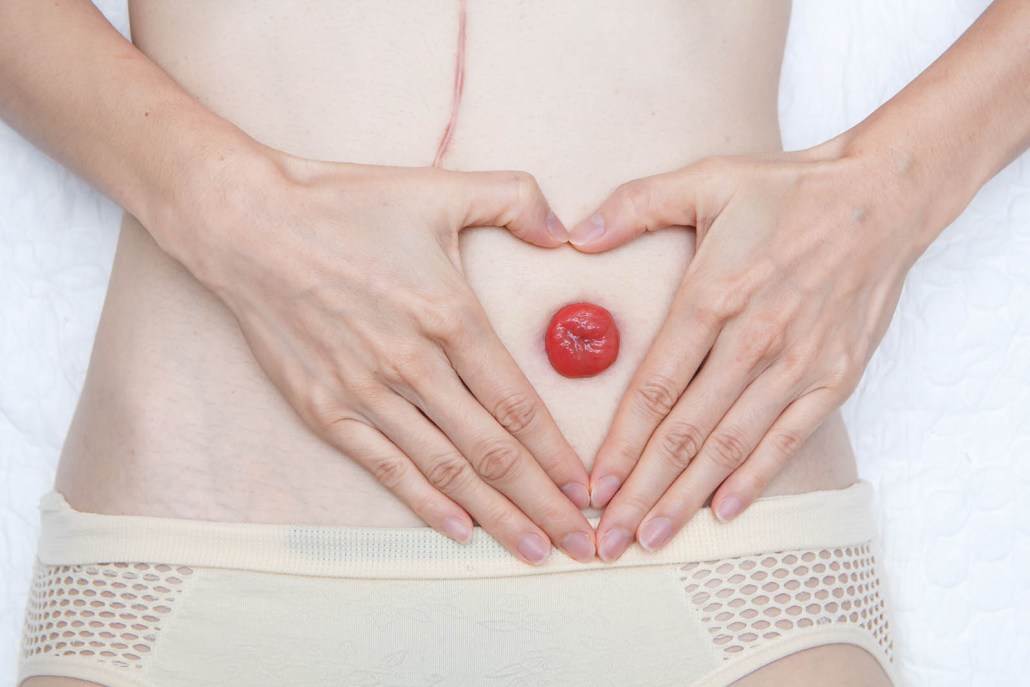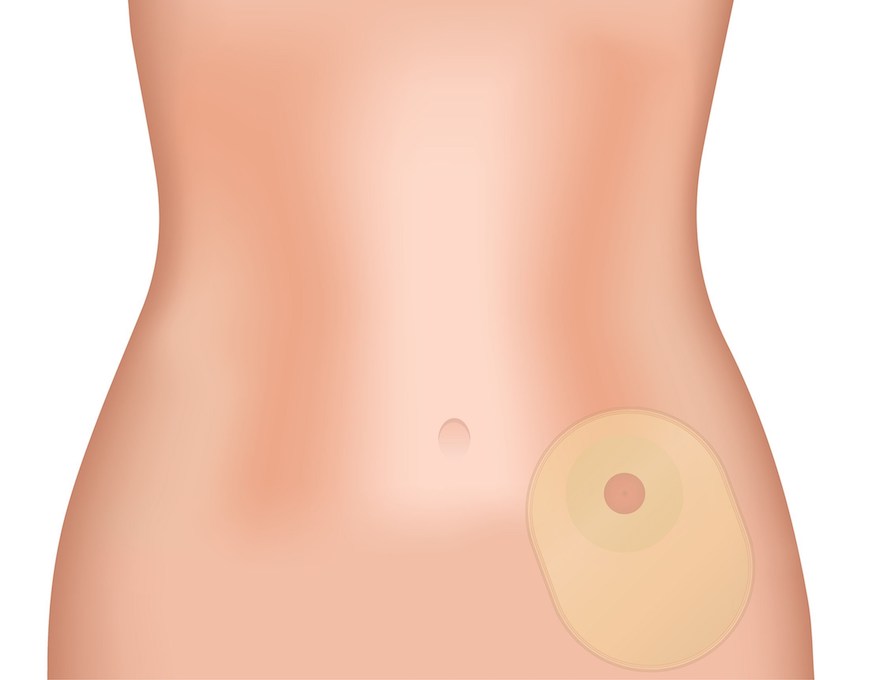What Is An Ostomy?
An Ostomy
An ostomy is an opening created in the abdomen that causes a change in the way urine or stool exits that body as a result of a surgical procedure. Bodily waste is rerouted from its normal pathway because of malfunctioning parts of the urinary or digestive system. An ostomy can be temporary or permanent. If you have to have surgery you will be known as an Ostomate.
Types of Ostomies
There are three main types of Ostomies:
A Stoma
The opening is called a stoma – from the Greek word meaning mouth. A Stoma is created when a person undergoes a surgical procedure which results in a section of the bowel being brought to the surface of the abdominal wall. The bowel is opened and formed into a stoma, which will discharge faecal matter or urine, depending upon the type of surgery. A collection pouch is fitted over the stoma to collect the material coming through this alternative elimination site. The Stoma; it will look red or pink. It has no nerve endings, so it shouldn’t be painful.
Reasons for an Ostomy
Ostomy surgery is often a lifesaving procedure that allows bodily waste to pass through a surgically created stoma on the abdomen into a prosthetic known as a ‘pouch’ or ‘ostomy bag’ on the outside of the body or an internal surgically created pouch for continent diversion surgeries. You may be recommended to have Ostomy surgery to treat serious problems or to let a body part heal after surgery. You also might need an ostomy if certain organs are diseased or have to be removed. Some reasons include:
- Cancer
- Crohn’s Disease or Ulcerative Colitis
- A blocked bowel
- Diverticulitis
- An infection
- Faecal incontinence
- Trauma or injury to the bowel or bladder
- Birth defects
- Many other medical conditions
What will my Stoma look like?
Stomas do vary in size and shape from person to person. It will be shiny, wet and red, much like the inside of your mouth. You can expect it to be swollen after surgery but the swelling will go down in time and your stoma may get smaller. A stoma is not sensitive to the touch but may bleed slightly if irritated or rubbed. This bleeding is normal but if it continues or if you see blood in your stool, contact your doctor. The skin around your stoma (called the peristomal skin) should look and feel like the rest of the skin on your belly. It is important to keep the output off your skin to help prevent skin irritation.





